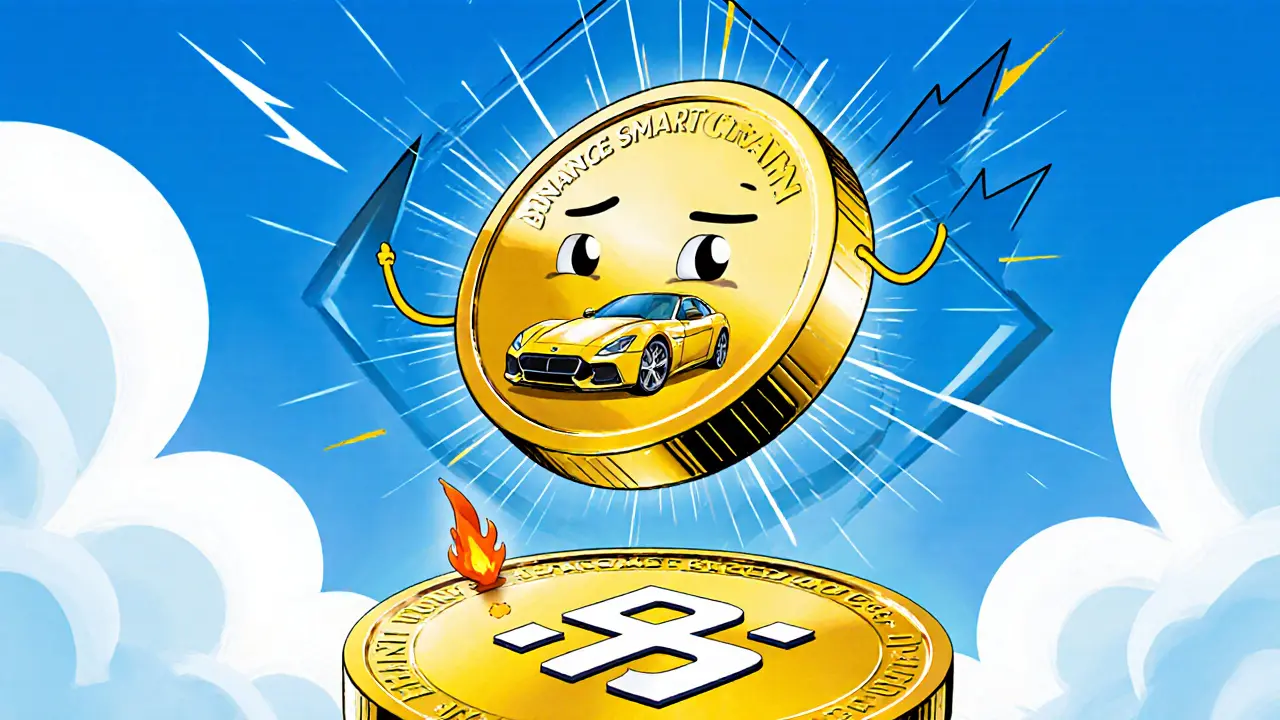Binance Smart Chain Overview
When working with Binance Smart Chain, a high‑throughput blockchain that runs alongside Binance Chain and uses the BEP‑20 token standard. Also known as BSC, it enables fast, cheap transactions and supports full smart‑contract functionality. DeFi, Decentralized Finance applications that let users lend, borrow, trade and earn yield without a middleman thrives on BSC because the network’s low fees keep profit margins alive. At the same time, cross‑chain bridges, protocols that move assets between BSC and other blockchains like Ethereum or Harmony expand its reach, letting tokens such as Wrapped Harmony (WONE) hop onto the chain for new use cases. These three entities—Binance Smart Chain, DeFi and cross‑chain bridges—form the backbone of the ecosystem you’ll encounter in the articles below.
Why Binance Smart Chain matters for traders and developers
Binance Smart Chain offers a balance of speed and cost that makes it attractive for both retail traders and seasoned developers. Its consensus combines proof‑of‑stake authority with a limited validator set, so blocks confirm in seconds and gas prices stay a fraction of Ethereum’s. That speed fuels DEXs like PancakeSwap, where users swap BEP‑20 tokens, provide liquidity, and earn fees. Because the chain is EVM‑compatible, existing Ethereum tools—MetaMask, Hardhat, Remix—work out of the box, cutting the learning curve for devs. Meanwhile, the rise of tokenized assets (e.g., Wrapped Harmony) shows how cross‑chain bridges turn BSC into a hub that aggregates liquidity from multiple ecosystems, boosting trade volumes and creating arbitrage opportunities.
Security on BSC is a double‑edged sword. The limited validator pool speeds up finality, but it also means centralization risk. That’s why many projects layer audit contracts, bounty programs, and community governance to guard against rug pulls—issues you’ll see dissected in guides about smart‑contract risks. At the same time, the ecosystem’s openness invites innovation: new BEP‑20 tokens launch daily, and DeFi protocols experiment with fee‑only reward models, modular incentives and hybrid staking. By understanding how these pieces interact—how a BEP‑20 token fuels a DeFi pool, how a bridge links that pool to another chain, and how validators secure the whole process—you can spot genuine opportunities and steer clear of scams.
Below you’ll find a curated set of articles that dive deep into these topics. Whether you want a step‑by‑step on using Wrapped Harmony (WONE), a look at evolving block‑reward systems, or a practical guide to navigating crypto regulations in India, the collection covers the key angles of Binance Smart Chain’s fast‑moving world. Keep reading to arm yourself with the knowledge you need to trade smarter, build safer, and stay ahead of the curve.









Categories